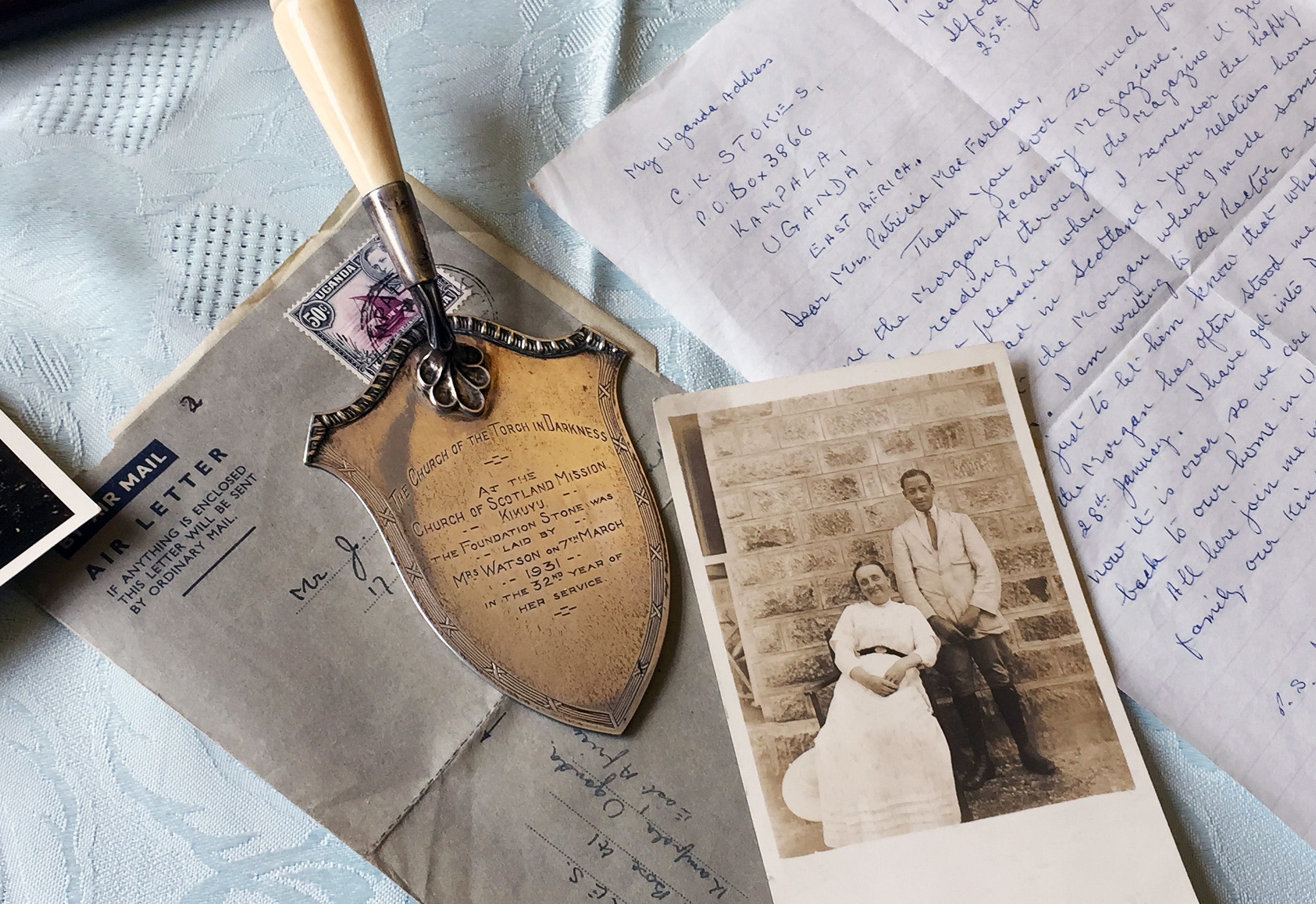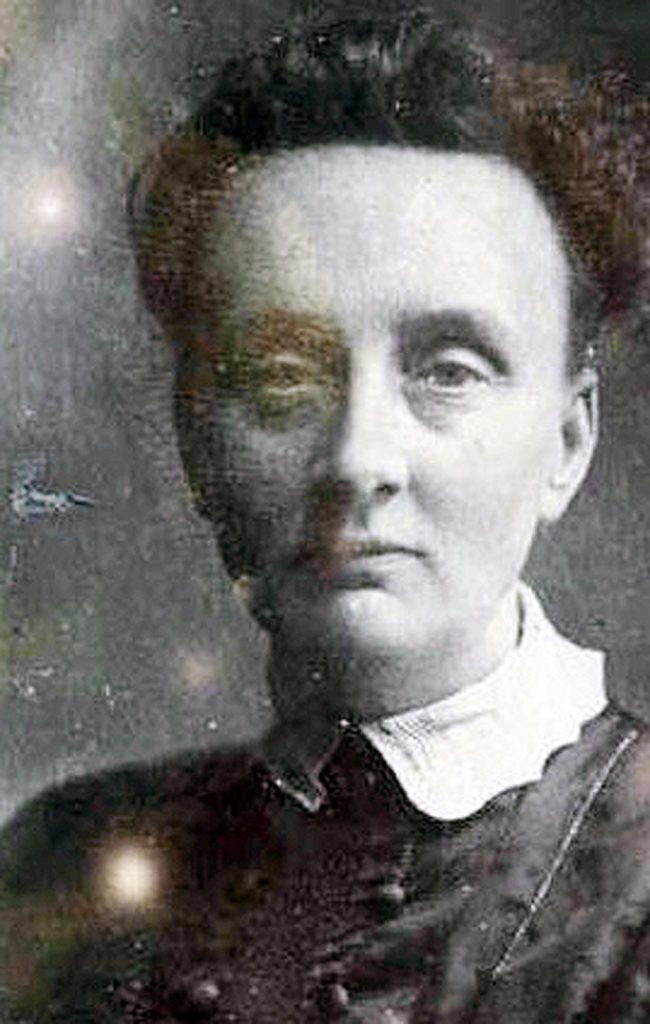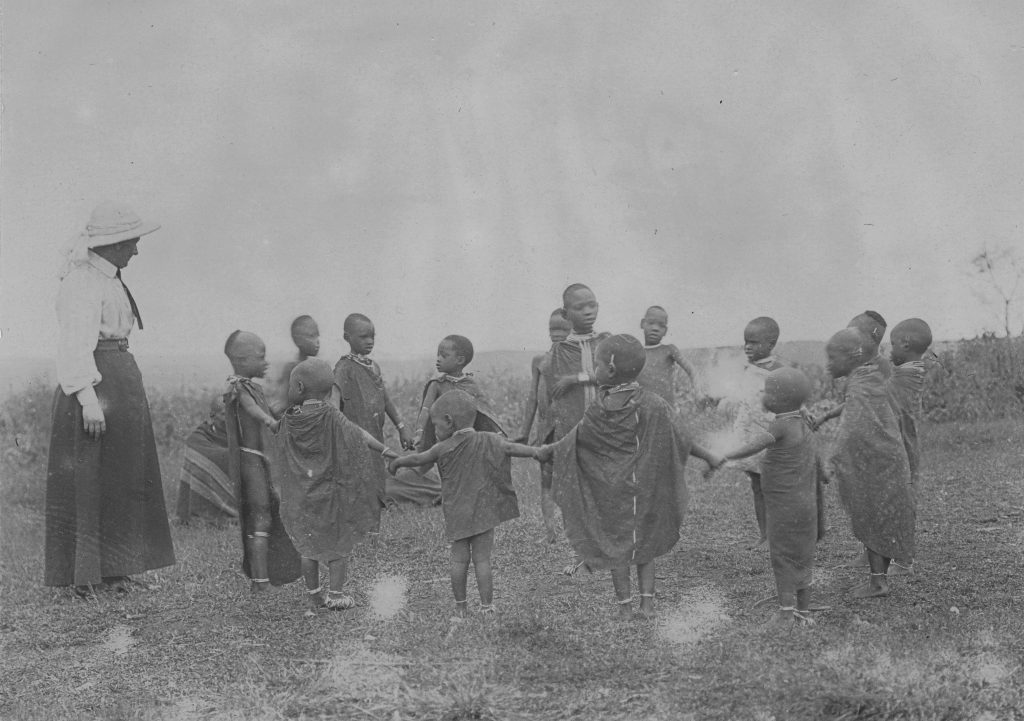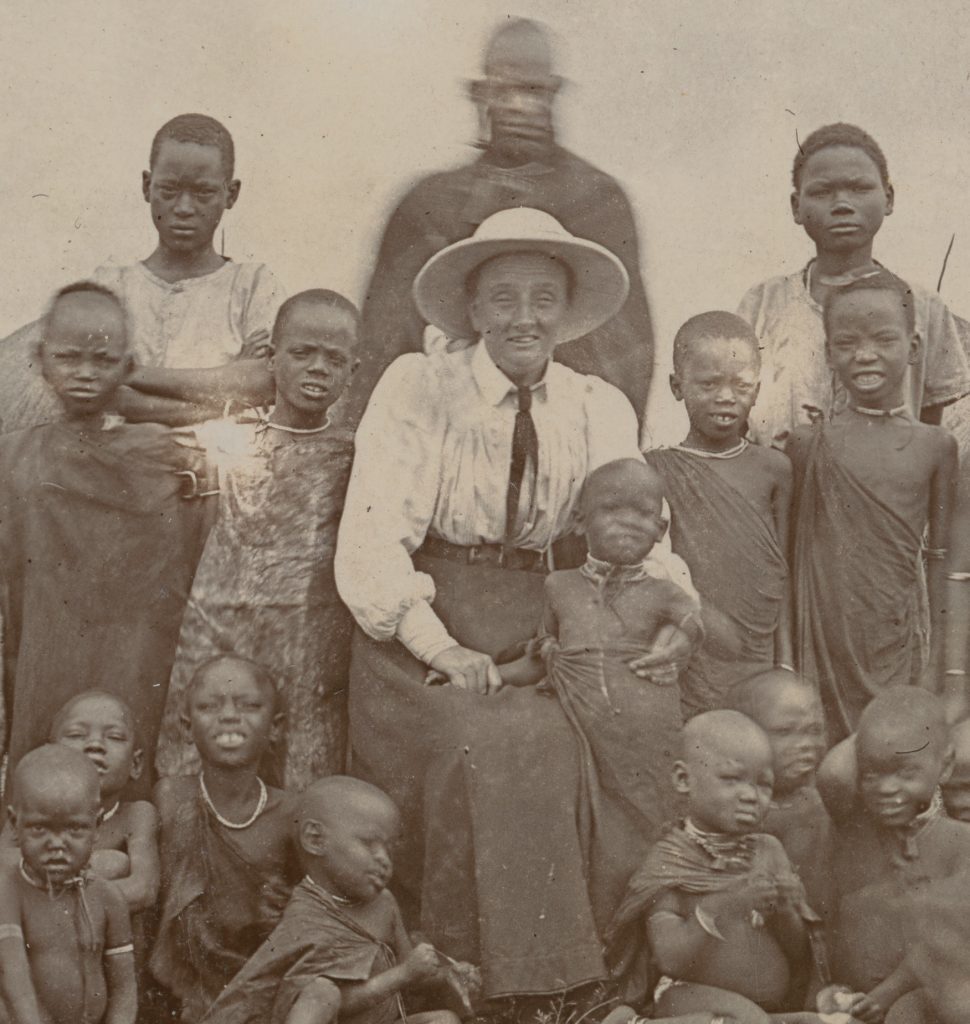
LETTERS, documents and photographs that belonged to a pioneering Scottish missionary have been saved for the nation.
The collection casts fresh light on the life of Minnie Watson, one of the founders of the Presbyterian Church in Kenya.
The archive has gathered dust in a cupboard in Dundee for nearly 70 years but the Church of Scotland missionary’s great niece, Paddy McFarlane, has decided to gift them to the National Library of Scotland.
The gesture will enable people to understand the impact Mrs Watson had on the former British colony where she worked between 1899 and 1931.
Known as the “mother of the faith”, her legacy is the Presbyterian Church of East Africa, which has 3.5 million members and a network of schools, hospitals and universities.
School teacher Mrs Watson followed fiance Rev Thomas Watson to Kenya in 1899 after he established the Scottish mission in Kikuyu near Nairobi.
The couple married and during their first year together they had to contend with a smallpox epidemic and a devastating famine which wiped out huge numbers of people.
When her husband died of pneumonia in 1900, Mrs Watson, the only white woman in the region, ran the mission station single-handedly for a year until the Church of Scotland took over responsibility.
She also established a network of schools in Kikuyu and campaigned against female circumcision.
The archive includes teaching, marriage and death certificates, a script of a play written about Mrs Watson and her husband, silverware and a short story written by a former pupil.
She describes escaping the clutches of a witch doctor and nearly being mauled by a leopard before being given sanctuary by the woman in her “canvas hut”.
Jennie Chinembiri, Africa and Caribbean secretary of the world mission council of the Church of Scotland, said: “It is wonderful that all these important letters, certificates and photographs have come to light after so many years as they hold such an historic importance for both Scotland and Kenya.”
Mrs Watson adopted two boys from the Scottish mission station, Charles Kasaja Stokes and John McQueen.
She returned to Dundee in 1931 and spent the rest of her life living in a house in Wortley Place, aptly named Nairobi, until her death in 1949 at the age of 81.
Mrs McFarlane said: “I am very proud of Minnie and pleased that the wider public will be able to learn more about her extraordinary life.
“She was a fantastic lady who had such a positive influence on the life and faith of the Kikuyu people.”

Enjoy the convenience of having The Sunday Post delivered as a digital ePaper straight to your smartphone, tablet or computer.
Subscribe for only £5.49 a month and enjoy all the benefits of the printed paper as a digital replica.
Subscribe

